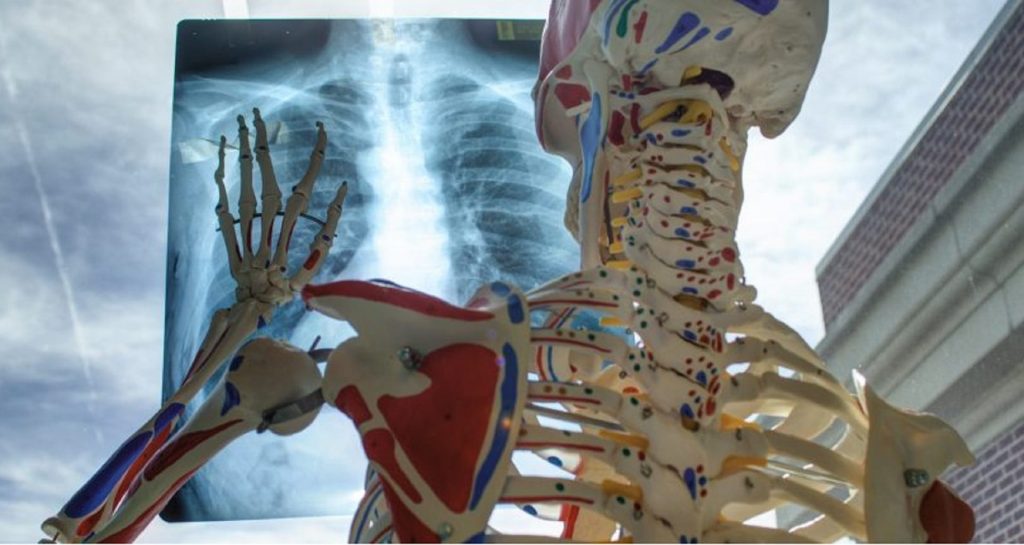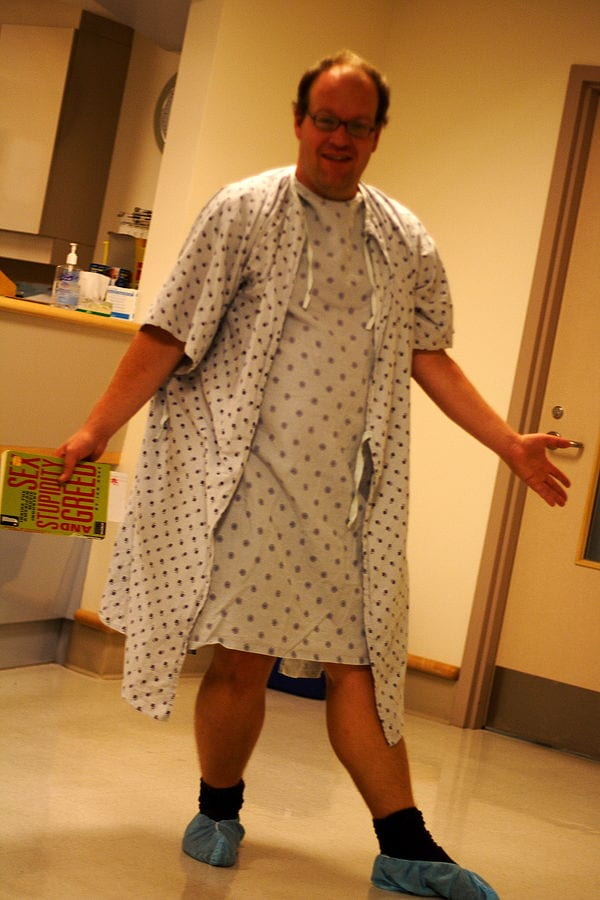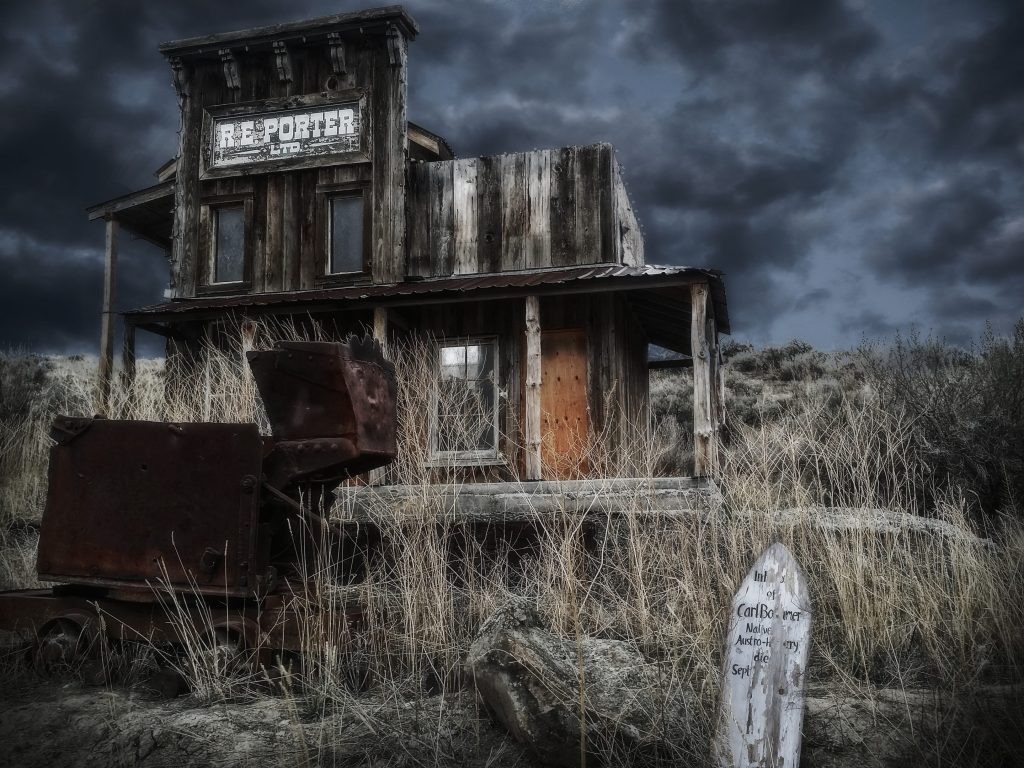
What the NHS can teach us about customer relationship management
When you think of the UK’s National Health Service (NHS) then excellent customer relationship management is probably not the thing that springs to mind. Talk to any UK citizen and for all the genuine positive feeling about the NHS – witness the recent “Clap for Carers” and happy 72nd birthday celebration – there will be a good sprinkling of people with awful tales of long wait times, misdiagnoses and all manner of poor interpersonal reactions.
I’m maybe lucky in that most of my interactions – and as we’ll see, there have been quite a few – have been positive, but I’d like to highlight one series that has much to teach the commercial sector about customer relationships.
Give me a break
Recently I broke my wrist. Other than it being during a Zoom call there was nothing very remarkable about it (hint: if you’re sitting on a kitchen chair don’t lean back on one leg and expect the forces of gravity to move with you). Having to visit A&E during the pandemic lent the episode a bit of spice but the lack of non-COVID patients meant quicker-than-usual service and four weeks in a plaster cast which I could remove myself.
But that’s not where the story starts.
Wind back to 2015… I’m walking along a road on the way to meet my wife at the cinema, fiddling with a recalcitrant mobile phone. The next moment I’m sprawled on the pavement having missed my footing and twisted my ankle. Two hours later and the twisted ankle was the size of a small pumpkin and unable to take any weight: four hours later I’m limping out of A&E with my leg in plaster…
But there’s more…
Further back in time: a chilly day in early January 2006 at Hampton Court Ice Rink. I am standing balanced – I think – on my skates when I topple backwards and instinctively put my hand out to break my fall, breaking my right wrist in the process. A trip to a different A&E and then, a few days later, surgery to pin my wrist in position.
I feel it’s only fair to point out that in none of these episodes was any alcohol consumed before or during but, regrettably, we have to go further back to the event in 1998 that kicked it all off. I don’t think we should dwell on the details but let’s just say that an empty stomach, a few drinks and tube travel don’t mix. Result: four broken ribs.
Dumb luck
To complete the picture, we need to add an unfortunate encounter in 2019 with a hanging strap and a bus that pulled away suddenly resulting in a broken ring finger. At which point you may conclude that I am particularly accident-prone, clumsy or just unlucky.
The NHS thought differently, however.
Out of the blue in the summer of 2015, after my ankle had recovered, I received a summons to the Rheumatology department at my local hospital where most of my fractures had been treated. When I asked why I was having a bone density scan the radiologist said that I had had a higher than normal number of fractures for a man of my age so they needed to check for osteoporosis.
Sure enough, the results came back with mild osteoporosis which, following a few years taking the requisite medicine has become even milder, technically now osteopenia. So, a happy-ish ending, pending the results of my latest scan which had been brought forward following the latest escapade.
Someone to watch over me
The point of this sorry tale is not my very mild and – in the grand scheme of things – mildly inconvenient medical condition but the way in which, as a routine, this aspect of my health was being monitored and remedial action taken, triggered by my third break causing a look at my medical history.
On one level, this is unexceptional and, I assume, a routine check in the world of orthopaedics. However, it signals a key difference in my relationship as a customer of the NHS and my relationship as a customer of, say, BT or any other large organisation. With the NHS it’s a lifelong relationship – perhaps obviously although, theoretically, there are other providers available – and in this example it shows that there’s a commitment to my bone health built into that relationship.
With a commercial organisation, customer relationship management is, I think, seen as answering the question “how can I get the customer to buy more of my stuff?” not “what does the customer need right now?”
To take BT as an example, I have been a customer of theirs for most of my adult life (even working for them for nine years, or two fractures-worth) but they have never taken much interest in how I can get the best of their products and services. In the current “fractured” working environment, more seamless Wi-Fi and better broadband would be a good start… I can go on their website and guess at what the best solution for my needs might be, but a bit of expert opinion (cf. medical input) wouldn’t go amiss.
The CRM challenge
If you’re in the business of customer relationships – whether “managing” them, developing them or whatever – ask yourself the following questions:
- What is the value of the relationship to the customer?
- What is the value of the relationship to my organisation?
- How do I measure that value?
- How long am I committed to my customer for?
The answer will vary from organisation to organisation but the NHS’ approach shows that you almost certainly have the answers already embedded in your operating model. Whether those are the right answers is the key question – and one that I would be happy to help you answer.
Image by StockSnap from Pixabay
This article was first posted on http://www.knittingfog.blog/.





